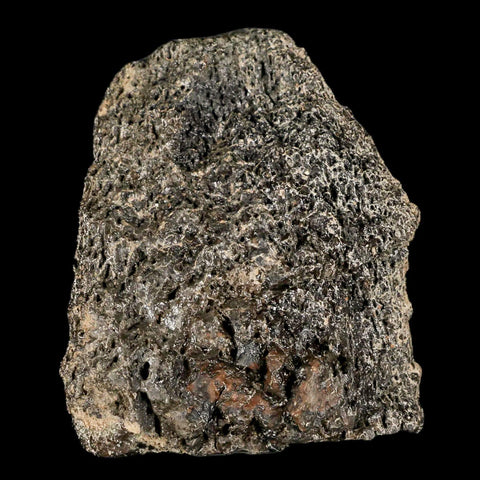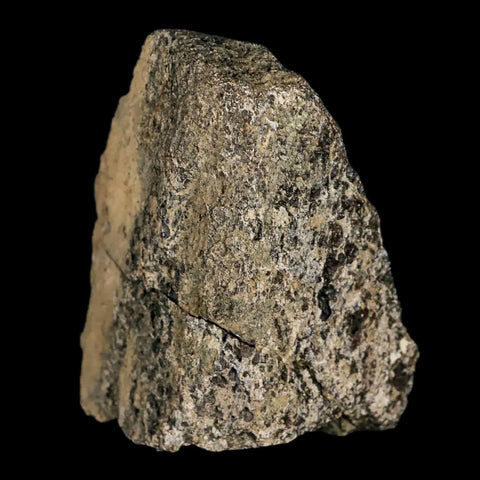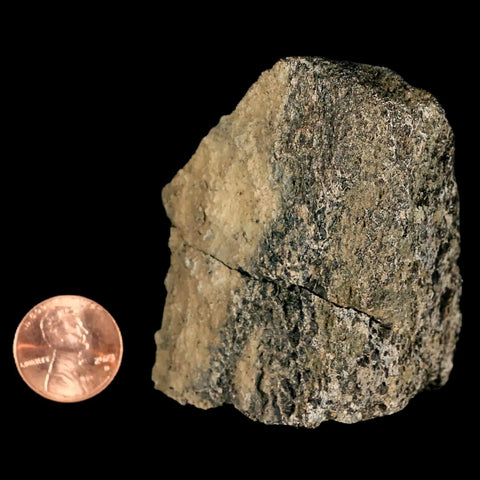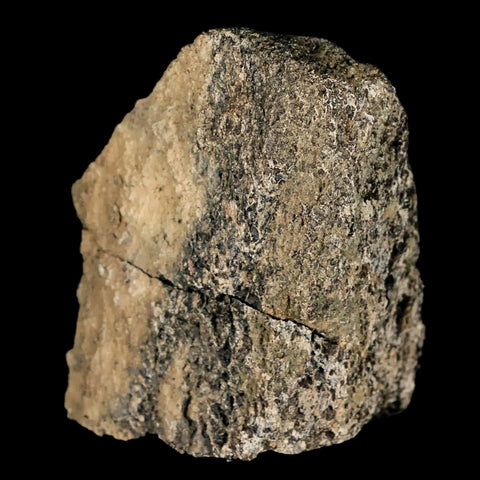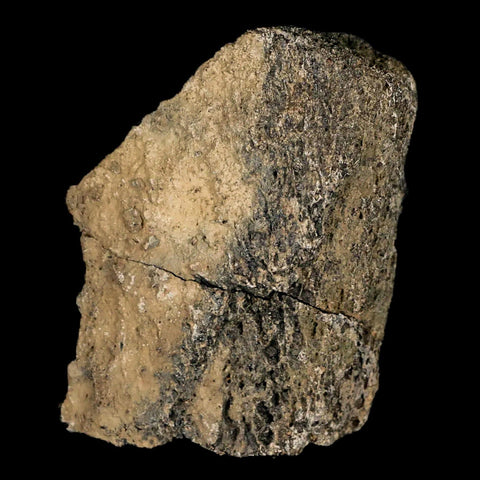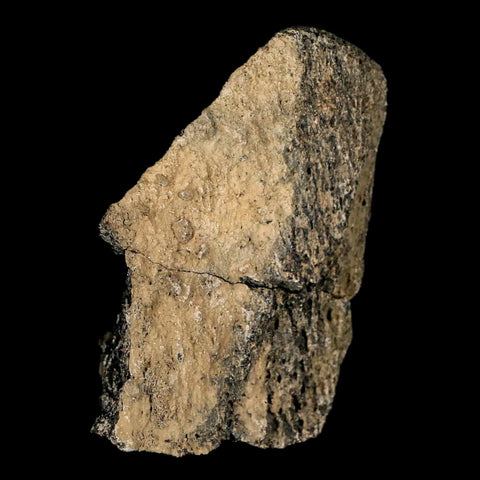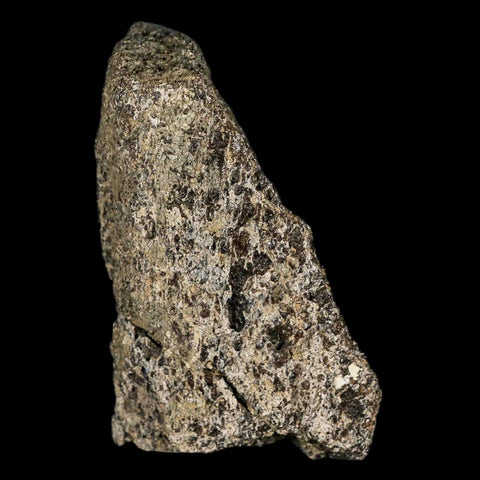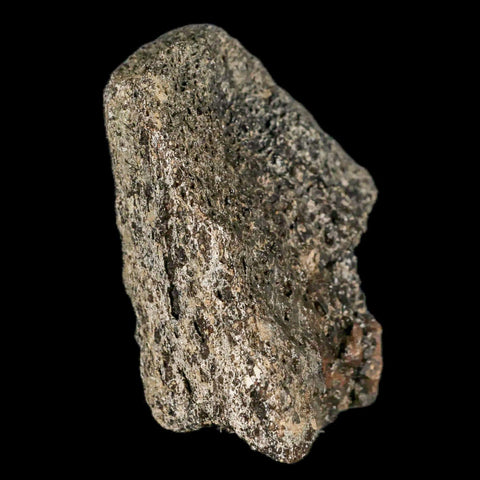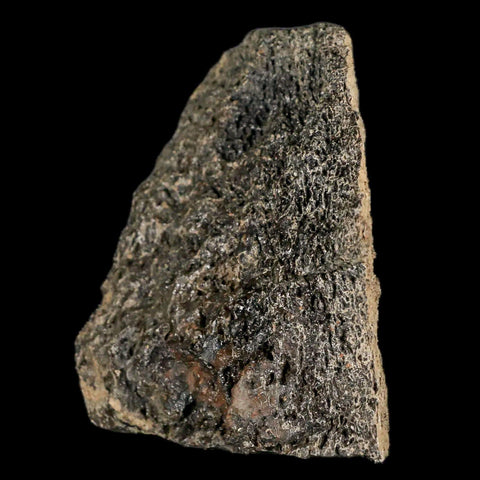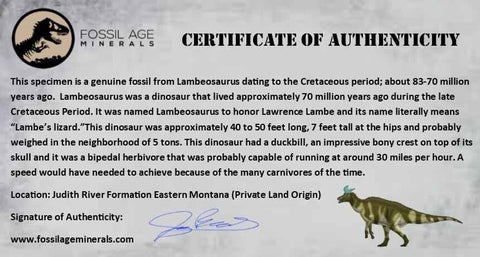2.5" Lambeosaurus Fossil Bone Marrow Judith River FM MT Cretaceous Dinosaur COA
Location: Judith River Formation, Eastern Montana (Private Land Origin)
Weight: 3.2 Ounces
Dimensions: 2.5 Inches Long, 2.4 Inches Wide, 1.3 Inches Thick
Comes with a Certificate of Authenticity.
The item pictured is the one you will receive.
This is a genuine fossil bone.
Cretaceous Age 83.6 - 70.6 million years old.
Height: 7 ft.
Mass: 2,200 – 6,600 lbs
Eats: Maidenhair tree, Magnolia, Pine
Eaten by: Albertosaurus, Gorgosaurus, Daspletosaurus
Lambeosaurus lived during the Late Cretaceous Period, around 83.6 to 70.6 million years ago. Its name, meaning “Lambe’s lizard,” honors Lawrence Lambe. This dinosaur measured between 40 and 50 feet in length, stood about 7 feet tall at the hips, and likely weighed close to 5 tons. It featured a duckbill and a distinctive bony crest on its skull. As a bipedal herbivore, Lambeosaurus was probably capable of running up to 30 miles per hour, an important ability for escaping the many predators of its era.
Lambeosaurus was the first duck-billed dinosaur discovered in North America, with numerous specimens uncovered not only in Alberta, Canada, but also in Montana, USA, and Baja California, Mexico. Its diet likely consisted of the plant life found in these regions during its time, primarily including conifers, ginkgos, and magnolias.
An interesting fact about Lambeosaurus was that its cranial crest was mainly hollow. This has prompted many paleontologists to come up with reasons why this dinosaur had a hollow crest. Some paleontologists have postulated that it housed the creature’s salt glands, some think that it enhanced this dinosaur’s sense of smell, and still others have postulated that it was used to trap air so the dinosaur could make sounds. Although none of these assertions has been proven, it does appear that the most widely accepted theory is that the crest was used to make sounds.
It is also believed that these dinosaurs may have congregated in great herds. This would have given them some protection against predators and would have allowed them to protect the smaller members of their group more easily.



